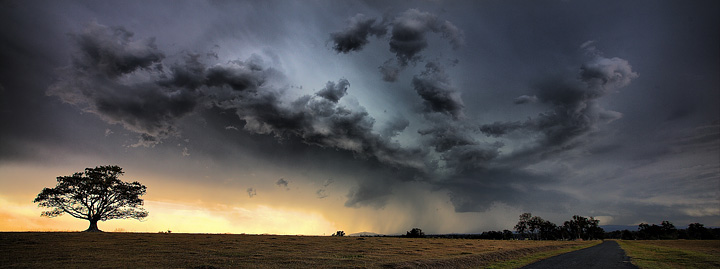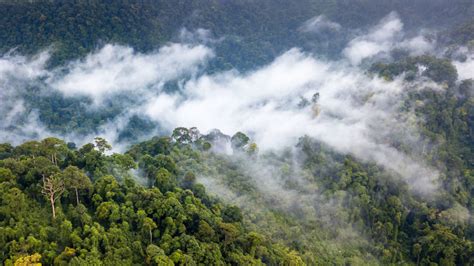The Climate Systems Interactions (CSI) group is led by Prof. J. David Neelin of the Department of Atmospheric and Oceanic Sciences at the University of California, Los Angeles.
The Earth’s Climate System was initially studied by examining individual sub-systems in isolation. Examples of individual systems include atmosphere, ocean, land surface, and sea ice—but how the system boundaries are drawn depends on the phenomenon of interest. For instance, tropical convection with clusters of convective cloud elements at small scales can be regarded as a sub-system, interacting with the large-scale atmospheric dynamics. Climate variability involves strong interactions among these climate systems, and certain phenomena, such as El Niño, arise from the interaction that could not exist in the individual systems alone. The Climate Systems Interactions group develops theory and modeling aimed at understanding these interactions.
In studying these interactions, our group specializes in the application of hierarchical climate modeling: building a hierarchy of models of successively less complexity, until the phenomenon has been distilled down to it’s essential elements. The more complex models aim to simulate the phenomena, while the simpler models allow theoretical understanding. Many climate research groups make some use of hierarchical modeling; a particular concern of this group is to practice it systematically and attempt to make the derivation of the simpler and intermediate complexity members of the hierarchy as clean as possible.




